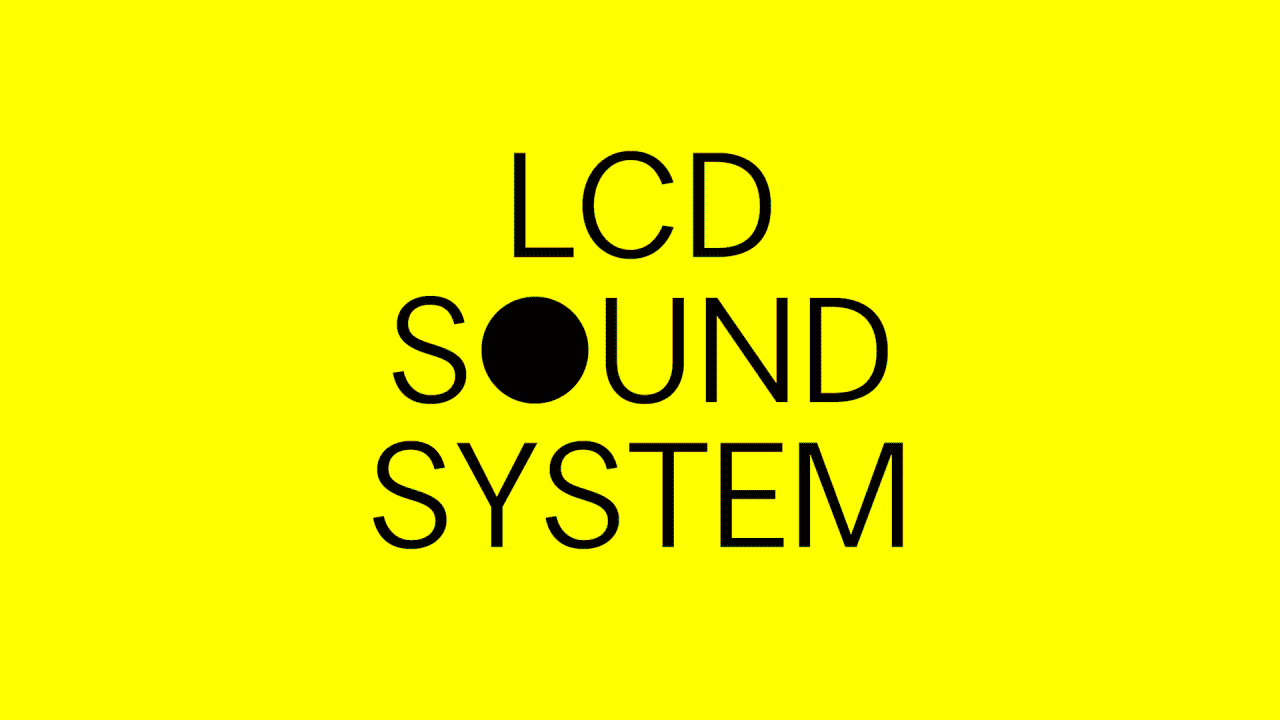Dance with people around the world to LCD Soundsystem with Dance Tonite WebVR
Dance along to the latest single from LCD Soundsystem with their new VR experience that puts you in a room to dance.
Dance Tonite is a collaboration between LCD Soundsystem and Google that takes you through room after room of dances acted out by fans. Using “room-scale” VR setups listener’s dancing choreography can be recorded and then saved into rooms for other dancers and listeners to view and/or join in with.
Room-scale VR setups use tracking within the headset and VR controllers to recognise movements and translate them into the dancing objects that you see in Dance Tonite. It works like a basic motion capture, recording movement from certain areas to translate into shapes and movements. Anyone with a room-scale VR kit can add their own moves and join the dance party.
For voyeurs, each dance and performer is represented by a group of objects, mostly cones and cylinders. With only a limited knowledge of how the person is dancing the shapes reflect the motion and flow of the areas they are able to track, creating an odd pattern with the shapes that appears unique for everyone. It encourages you to get creative with your dancing as your digital simulation is limited.
There are a number of ways to experience Dance Tonite. Of course with a full VR setup you can get involved in the fun yourself, but if not you can go through rooms and watch people’s dances as a voyeur with a basic VR setup. If you have no form of VR setup to experience the program with then you can watch on your desktop and just explore the rooms from a bird’s eye view, or select any performer to see their dance in first person.
Dance Tonite uses WebVR, a new open standard that brings high-quality VR content to the web. That means that you can enter the experience through a single URL–no apps or downloads needed. As developers, we were able to create a scalable experience using web infrastructure and a single codebase.
Dance Tonite was directed by artists Jonathan Puckey and Moniker, in collaboration with the Data Arts Team— a specialised group within Google exploring the ongoing dialog between artists and emerging technologies. If you’d like to learn more about how this project was made, they have released the code open source. You can also read about process and learnings using an experimental technology (WebVR) in a new medium (VR).
Check it out for yourself at Dance Tonite.
